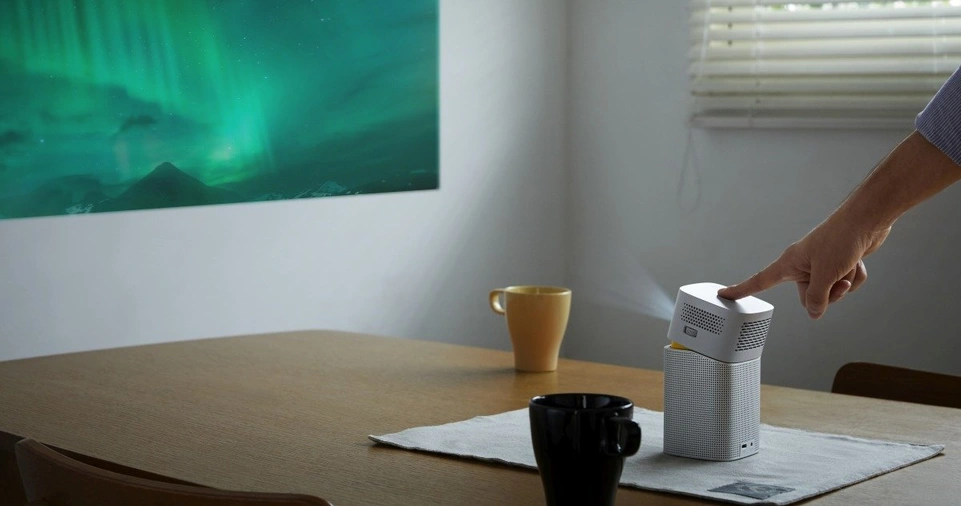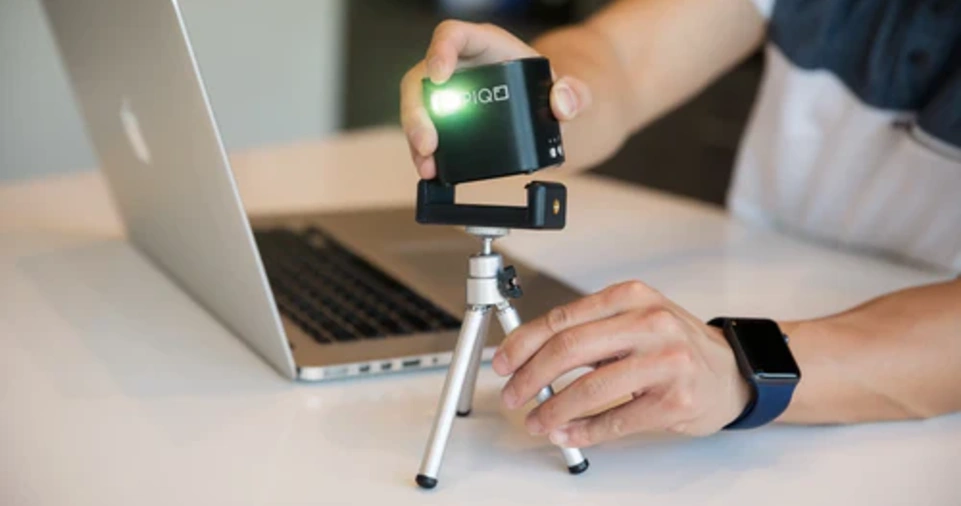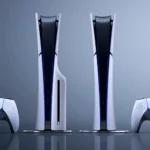Portable projectors have revolutionized home entertainment by offering a versatile, high-quality viewing experience.
Whether for movies, gaming, or presentations, these compact devices provide convenience and flexibility.
Unlike traditional TVs, they offer portability, affordability, and adaptability to different environments.
This guide explores how to use portable projectors effectively, covering setup, features, connectivity options, best practices, and troubleshooting solutions.
Benefits of Using Portable Projectors
Flexibility and Portability
- Compact and lightweight design
- Easy to move between rooms or outdoor locations
- Ideal for travel, business presentations, and temporary setups
- Can be stored easily when not in use
Large Screen Experience
- Can project images from 40 inches to over 300 inches
- Provides a cinematic experience at home
- Adjustable screen size to suit different spaces
- Immersive viewing for gaming, movies, and sports
Multiple Connectivity Options
- Supports HDMI, USB, Bluetooth, and Wi-Fi connections
- Compatible with laptops, smartphones, gaming consoles, and streaming sticks
- Some models offer built-in streaming apps like Netflix and YouTube
- Wireless screen mirroring for convenient content sharing
Cost-Effective Solution
- More affordable than large-screen TVs
- Can serve multiple purposes, reducing the need for extra equipment
- No need for a dedicated entertainment room
- Longer lifespan compared to LED or OLED TVs
ALSO READ: How to Master the Basics of Using a Drill?
How to Set Up a Portable Projector

Choose the Right Location
- Find a space with minimal ambient light
- Use a white or gray projection screen for better image quality
- Ensure proper ventilation to prevent overheating
- Consider ceiling mounting for a permanent setup
Adjust the Projection Surface
- A blank wall or a dedicated projector screen enhances clarity
- Use a smooth and even surface to avoid distortions
- Consider a motorized retractable screen for convenience
- Choose a high-gain screen for better brightness in well-lit rooms
Position the Projector Correctly
- Place the projector on a stable surface or use a tripod
- Adjust keystone correction and focus settings for a sharp image
- Maintain an optimal throw distance as per the manufacturer’s recommendations
- Consider short-throw or ultra-short-throw projectors for smaller spaces
Connect Your Devices
- Use HDMI for high-definition content
- Connect via Wi-Fi or Bluetooth for wireless streaming
- Attach external speakers or a sound system for enhanced audio quality
- Use a streaming stick for easier access to entertainment apps
Best Portable Projectors for Home Entertainment
| Projector Model | Resolution | Brightness (Lumens) | Connectivity Options | Battery Life |
|---|---|---|---|---|
| Anker Nebula Capsule | 854 x 480 (WVGA) | 200 | HDMI, Wi-Fi, Bluetooth | 4 Hours |
| ViewSonic M1+ | 854 x 480 (WVGA) | 300 | HDMI, USB-C, Bluetooth | 6 Hours |
| XGIMI MoGo Pro | 1920 x 1080 (Full HD) | 300 | HDMI, Wi-Fi, Bluetooth | 4 Hours |
| Epson EF-100 | 1280 x 800 (WXGA) | 2000 | HDMI, USB | Plug-in |
| BenQ GS50 | 1920 x 1080 (Full HD) | 500 | HDMI, USB-C, Bluetooth | 2.5 Hours |
| LG PF50KA | 1920 x 1080 (Full HD) | 600 | HDMI, Wi-Fi, USB | 2.5 Hours |
Enhancing Your Viewing Experience

Optimize Audio Quality
- Use external Bluetooth speakers or a soundbar
- Adjust sound settings for clear dialogue and immersive effects
- Consider a 5.1 surround sound system for a true cinematic feel
- Noise-canceling features help improve sound clarity
Adjust Picture Quality
- Modify brightness and contrast settings based on lighting conditions
- Use color correction features for a vibrant display
- Adjust sharpness and motion smoothing settings for better visuals
- Switch to cinema mode for an optimized movie experience
Use Streaming Devices
- Plug in a Chromecast, Fire Stick, or Roku for access to streaming apps
- Ensure a strong Wi-Fi connection for seamless streaming
- Download offline content to avoid buffering during playback
Gaming on a Portable Projector
- Enable gaming mode for reduced lag
- Connect controllers via Bluetooth for a console-like experience
- Ensure a refresh rate of at least 60Hz for smooth gameplay
- Use a dark room for an immersive gaming environment
Outdoor Movie Nights with Portable Projectors
Setting Up an Outdoor Theater
- Use a weatherproof screen or a white sheet
- Position the projector on a stable table or stand
- Ensure adequate brightness (at least 500 lumens for outdoor use)
- Use a canopy or tent to protect against wind and rain
Powering Your Projector Outdoors
- Use a power bank or portable generator for non-battery models
- Fully charge battery-powered projectors before use
- Consider solar-powered charging options for extended outdoor use
Seating and Sound Arrangement
- Arrange comfortable seating with blankets and chairs
- Use external speakers for better outdoor sound quality
- Install wireless speakers around the viewing area for an enhanced audio experience
Troubleshooting Common Issues

| Issue | Possible Cause | Solution |
|---|---|---|
| Blurry Image | Improper focus or keystone setting | Adjust focus ring and keystone correction |
| No Sound | Audio not connected properly | Check speaker connections and volume settings |
| Poor Brightness | Ambient light interference | Use in a dark room or increase brightness setting |
| Connection Issues | Weak Wi-Fi or incompatible ports | Use a wired connection or check Wi-Fi strength |
| Projector Overheating | Blocked ventilation or prolonged use | Ensure proper airflow and take breaks |
| Flickering Image | Loose cable connections | Check HDMI and power cables |
Conclusion
Portable projectors offer an excellent way to enjoy movies, games, and presentations anywhere.
By choosing the right projector, optimizing settings, and troubleshooting common issues, you can enhance your home entertainment experience.
Whether indoors or outdoors, a well-set-up portable projector creates an immersive, big-screen experience.
Invest in a high-quality model, set up a comfortable viewing area, and transform your entertainment setup effortlessly.







